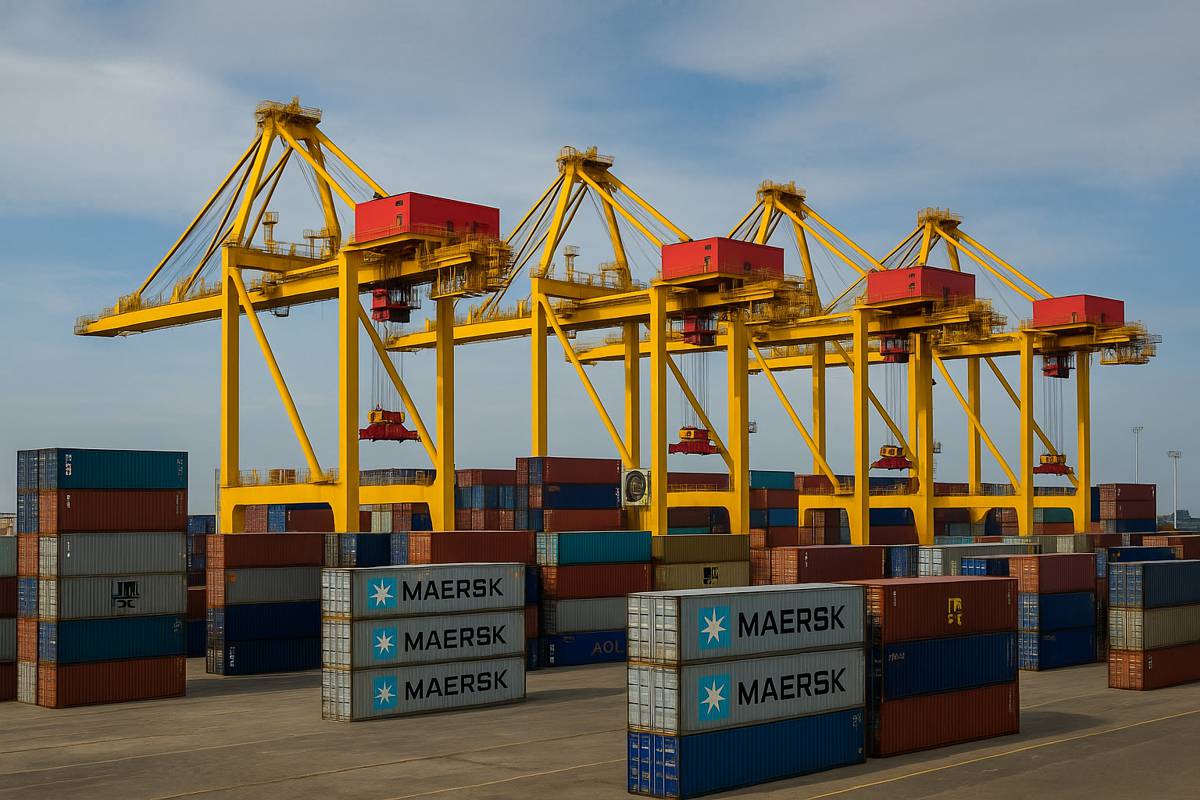Digital Transformation and Green Technology at COP29
The world took a decisive step towards harnessing digital technology for climate action during COP29. With a strong declaration from global leaders and tech giants, the ‘Digitalisation Day’ at the conference solidified the role of digital advancements in combating the climate crisis.
It wasn’t just about making bold pledges but laying out actionable plans to optimise technology’s potential while addressing its environmental footprint.
Digitalisation Day
For the first time in the history of the UN Climate Conference, COP29 witnessed the inauguration of ‘Digitalisation Day.’ Hosted by the COP29 Presidency with the backing of the International Telecommunication Union (ITU), the event marked a significant turning point. It was more than just a tech showcase—it was a rallying cry for urgent climate action with digital solutions.
Mukhtar Babayev, President of COP29 and Azerbaijan’s Minister of Ecology and Natural Resources, emphasised the transformative power of digital technology in tackling global warming. “With the launch of the COP29 Declaration on Green Digital Action, we have a unique opportunity to combat the climate crisis while urging the digital industry to take responsibility for its environmental footprint,” he stated.
The declaration, endorsed by over 1,000 governments, companies, civil society groups, and international bodies, serves as a blueprint for a sustainable digital future. But it wasn’t just about lofty ambitions. The commitment underscored practical applications—from artificial intelligence in climate forecasting to optimising renewable energy systems—that can accelerate the transition to a greener world.
The Green Digital Declaration: Paving the Way
The COP29 Declaration on Green Digital Action outlines a clear set of objectives aimed at leveraging technology for climate mitigation and adaptation. At its heart, the declaration addresses two pressing challenges: harnessing digital tools for climate solutions and curbing the sector’s own environmental impact.
Doreen Bogdan-Martin, ITU Secretary-General, highlighted the importance of maintaining momentum: “This milestone moment for Green Digital Action at COP29 should propel us forward with the shared belief that we can and must reduce the environmental footprint of digital technologies while leveraging their undeniable potential to tackle the climate crisis.”
The declaration is built around eight core principles:
- Reducing Greenhouse Gas Emissions: Digital tools will play a critical role in monitoring, reporting, and reducing emissions. This includes AI-driven climate modelling, data analytics for optimising energy use, and improving grid efficiency.
- Climate-Resilient Infrastructure: Ensuring digital infrastructure can withstand climate extremes, from heatwaves to floods, is crucial for maintaining service continuity in a changing world.
- Net-Zero Digitalisation: The declaration stresses the need for tech companies to transition to clean energy, reduce resource intensity, and tackle the e-waste problem head-on.
- Bridging the Digital Divide: Ensuring developing nations have access to climate-friendly technologies and improving digital literacy—particularly among women and youth—is essential for inclusive progress.
- Data-Driven Climate Solutions: Using real-time data to monitor the impact of green initiatives, inform policies, and drive regulatory adherence is a top priority.
- Innovation and Research: Investment in green tech research and sustainable innovations will be incentivised to keep the momentum going towards a low-carbon economy.
- Sustainable Consumer Practices: Empowering consumers to make eco-conscious choices will play a role in reducing tech’s environmental footprint.
- Policy and Collaboration: Sharing best practices among nations will help scale digital climate solutions and enhance resilience against climate shocks.
Unpacking the Digital Climate Toolbox
Digital technologies are often hailed as a silver bullet for climate action, but they come with their own baggage. The declaration didn’t shy away from addressing the darker side of tech—its growing carbon footprint. From energy-hungry data centres to the ballooning volume of e-waste, the tech sector’s environmental impact is substantial.
Rashad Nabiyev, Azerbaijan’s Minister of Digital Development and Transport, note: “These technologies are an important driving force towards achieving the UN’s 2030 Agenda for Sustainable Development, especially in areas such as climate monitoring, early warning systems, and building resilience to climate challenges.”
Artificial intelligence, big data, and IoT are increasingly being integrated into climate initiatives. But they need to be powered sustainably. The declaration’s call for tech companies to switch to renewable energy sources and report their emissions transparently is a step in the right direction.
The Role of ITU and Industry Players
The International Telecommunication Union (ITU), the UN agency for digital technologies, is spearheading efforts to transform the tech sector. By establishing a public database for emissions reporting and partnering with the World Benchmarking Alliance, ITU aims to set new standards for transparency.
The World Bank, too, is stepping up its game. Sangbu Kim, Vice President for Digital Transformation at the World Bank, shared an ambitious vision: “Last year, our green digital investments increased three-fold to USD 700 million. We are committed to expanding this support to help countries implement the objectives of the Green Digital Declaration.”
Green Digital Action, first introduced at COP28 in Dubai, has seen significant progress. By pushing the tech sector to commit to emissions reductions, the initiative aims to create a ripple effect across industries. Reports like ITU’s Greening Digital Companies and the Global E-waste Monitor have already sparked discussions on how the tech world can be more sustainable.
Building a Greener Digital Ecosystem
The commitments made at COP29 are not just paper promises; they are backed by actionable frameworks. By focusing on climate-smart infrastructure, promoting sustainable consumer habits, and investing in research, the digital sector can make a meaningful impact.
The declaration’s focus on digital inclusion is particularly vital. As the world races toward a low-carbon future, ensuring that no one is left behind is non-negotiable. Developing nations, especially, need support to harness the potential of green digital tech. Investments in digital literacy and infrastructure will be key to driving global climate resilience.
Keeping the Momentum Alive
With the groundwork laid at COP29, all eyes are now on COP30. The digital sector has a golden opportunity to reshape its trajectory towards sustainability. By aligning technological advancements with climate goals, the industry can be both a catalyst for change and a responsible steward of the planet.
As Doreen Bogdan-Martin aptly put it: “Let’s keep building our green digital momentum all the way to COP30, and with it, a more sustainable digital future for generations to come.”




















